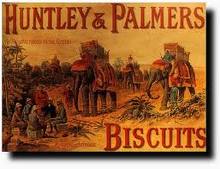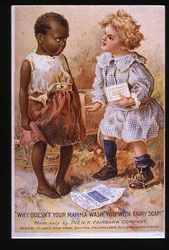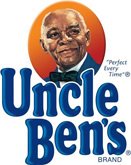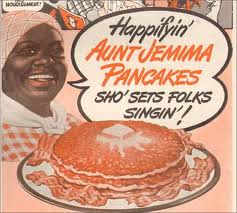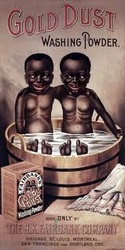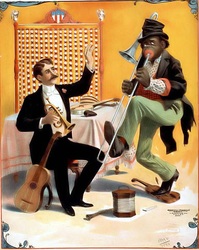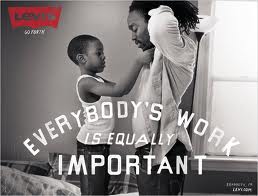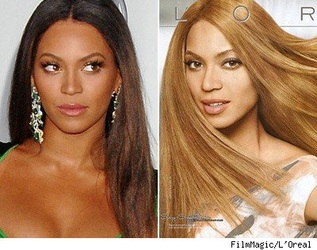The Truth Behind the American Dream
The significance of mass-marketing racism.
Commodity racism emerged in the late 1800s and is the earliest form of mass media racism. In its beginnings, commodity racism sold products through illustrations of colonial conquest and slave trading on commercial goods. The objective of commodity racism is to carry and distribute racist messages and logic. Bourke-White's photograph displays how the billboard is a form of commodity racism because it is projecting racist messages of white superiority.
In the 1800s Huntley and Palmers biscuit tins illustrated images of 'civilized and refined' European explorers conquering and taming the 'barbaric and savage' African people. Pears soap appealed to consumers by sending messages that the soap, "had the power to wash black skin white... while at the same time keeping the imperial body clean and pure in the racially polluted contact zones" (Hall). Uncle Ben's, Aunt Jemima and Cream of Wheat all send messages of the stereotypical subservient and inferior African-American.
Modern-day commodity racism is still occurring, but in a more subtle and sly form. The Levi's ad takes a jab at and almost pokes fun at the 'equality' of African-Americans, and the Loreal ad lightens Beyonce's skin in order to appeal to the white-masses and make her seem more "normal" and less ethnic. Though the billboard and Bourke-White's photo occurred at a time period in between the Huntley and Palmers ad and the Loreal ad, it shows the progression of commodity racism and its steady existence in American advertising.
Fighting commodity racism in the media is a seemingly daunting task. The wide-acceptance and knowledge of racial ideologies makes it nearly impossible to omit racist messages in advertising because these ideologies have been customary for hundreds of years. Arlene Davila writes about the obstacles facing minorities in her book Latino Spin, "It is the historical prejudice against blacks and anything black in this country that presents the greatest impairment to the African American marketing industry... stereotypes about blacks' morality, values, disorganized families, or behavior have added to the obstacles black marketers must overcome..." (Davila). So it seems that in order to overcome racism in the media, society must understand the beliefs that found racial ideologies have been fabricated in order to justify slavery and racism, and gain a following of people to accept these practices.
Binary oppositions naturalize difference.
Binary oppositions are essentially the founding discourse justifying racial ideologies, they say that there is a powerful distinction between 'civilization' (white) and 'savagery' (black). According to binary opposition discourse, "There is the opposition between the biological or bodily characteristics of the 'black' and 'white' races, polarized into their extreme opposites" (Hall). This thinking maintains that intellectual development, refinement, reason and knowledge are inherent characteristics of white people and that the 'black race' is inherently defined by whatever is instinctual, feeling rather than intellect and ignorance. The acceptance of binary oppositions are what served as the justification for enslavement based on race because it was accepted that black people were innately incapable and supposed to be in a position of submission. Binary oppositions also supported scientific racism and the belief that these supposed traits of submission, ignorance and savagery were genetically inherited and confined only to the black race. So, since differences between blacks and whites were justified as 'natural,' slavery was then viewed as acceptable and a 'natural occupation' for African-Americans.
Bourke-White's photograph paints an almost perfect picture of what binary oppositions look like. Her photograph captures the 'civilized and refined' Anglo-American, middle class against the 'savage and uncultured' African-American, low class. They show the obvious differences in the two groups of people, both living in a nation that claims to be a safe haven for equal opportunity. Binary oppositions 'justify' this mistreatment, and the acceptance of ideologies that found binary oppositions point out the false truths of the billboard's superficial message of American equal-opportunity and acceptance.
